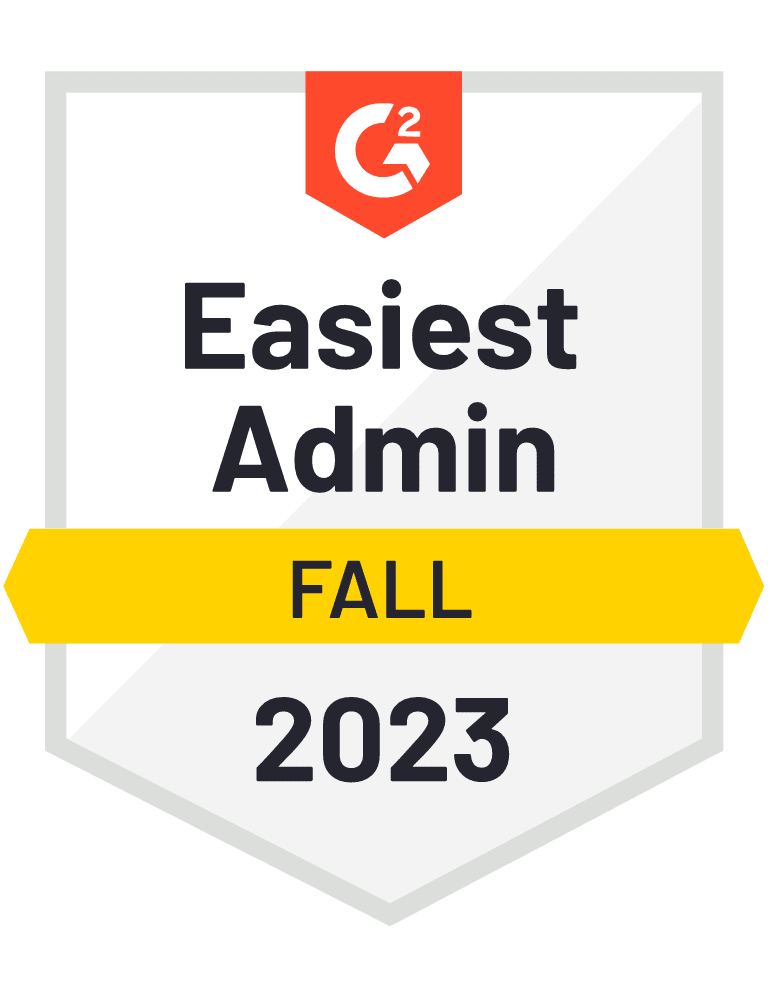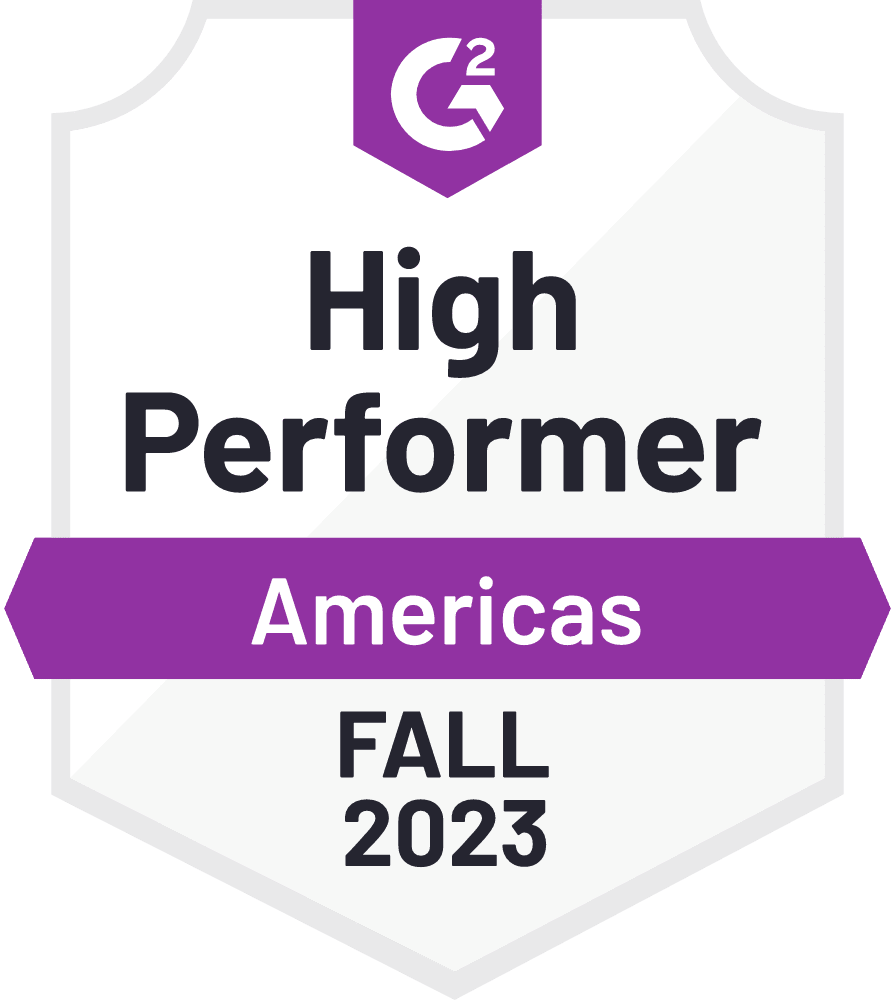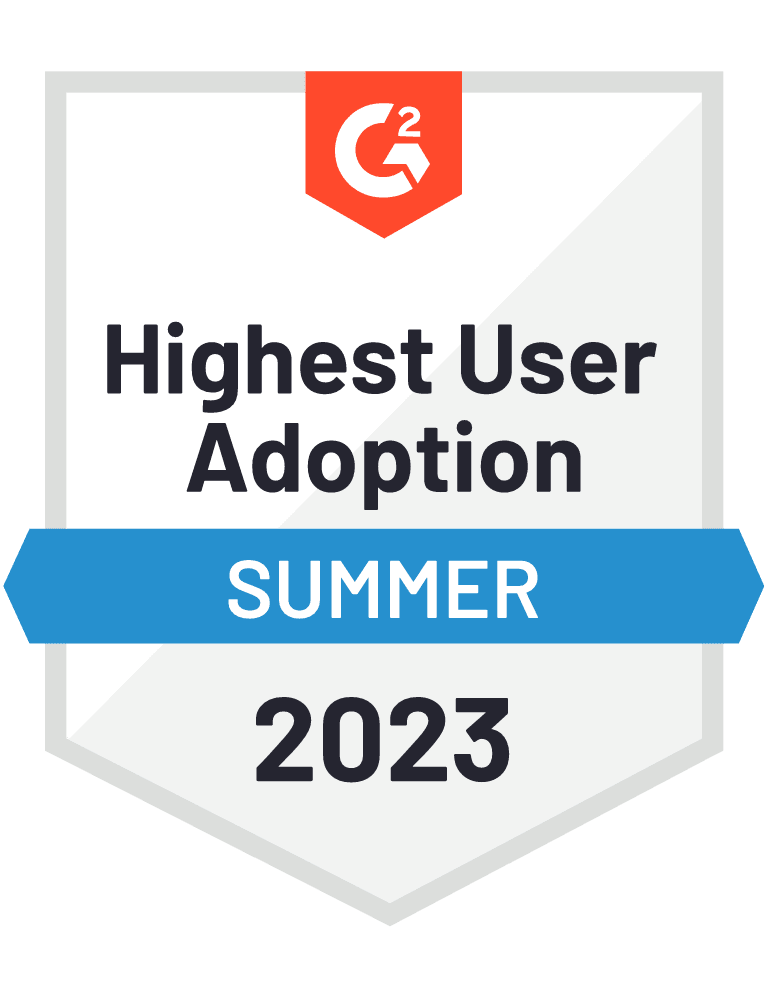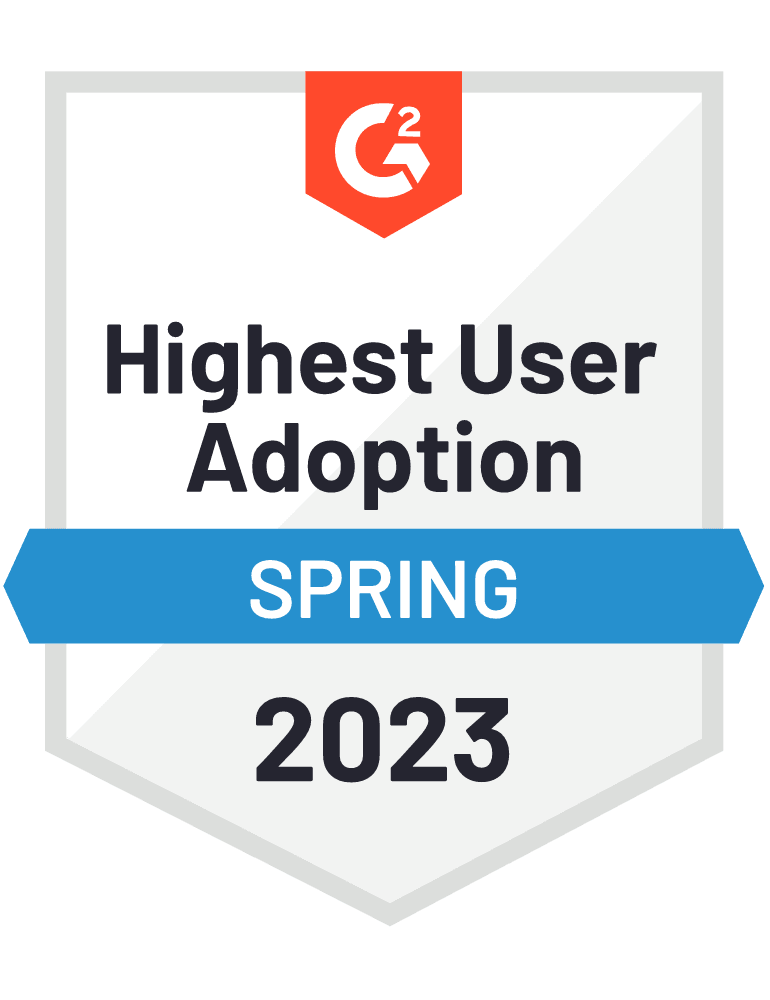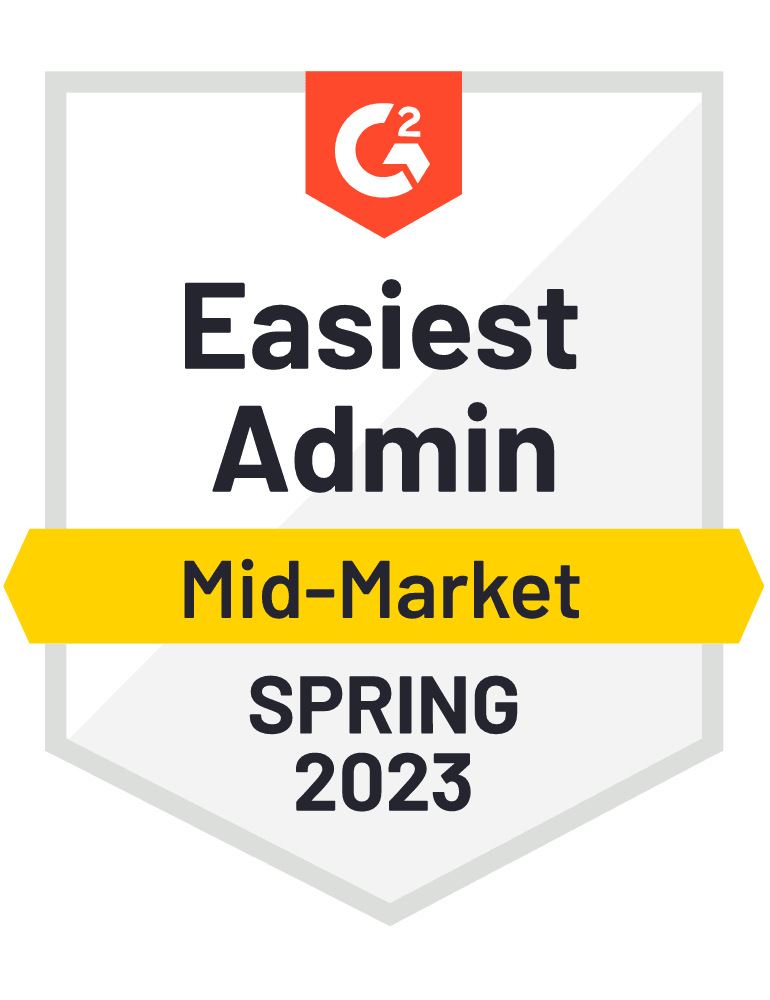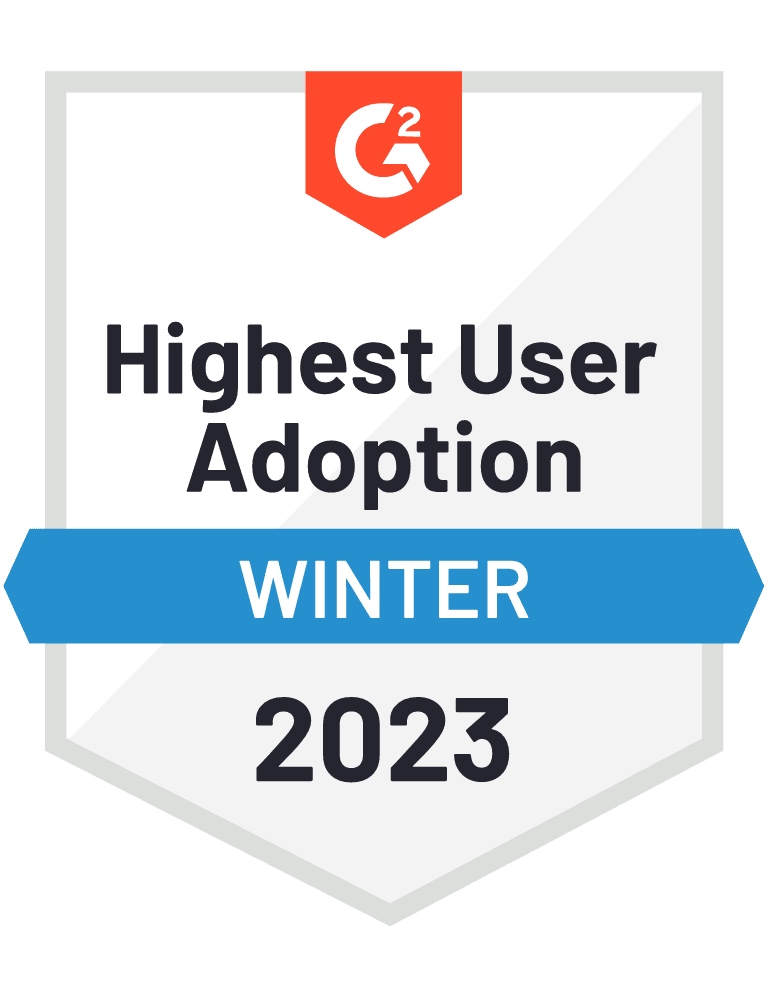On March 18, 2020, President Trump signed into law the Families First Coronavirus Response Act to assist businesses, their employees, and Americans. We are sure that you were left with many questions. Let’s address some of these questions:
Q. What is the Families First Coronavirus Response Act (FFCRA)?
A. The FFCRA is federal legislation signed into law on March 18, 2020. The law addresses many COVID-19 concerns, including free coronavirus testing, food security initiatives, and the funding of state unemployment insurance.
The key aspects of the law that are the focus of this FAQ and affect the employer payroll community are:
- Emergency Family and Medical Leave Act Expansion
- Emergency Paid Sick Leave Act
- Tax Credit for Paid Sick Leave and Paid Family and Medical Leave
When do the paid leave provisions of the FFCRA take effect?
The paid leave provisions are effective on April 1, 2020, and apply to leave taken between April 1, 2020, and December 31, 2020. However, for the first 30 days of the enactment, the Department of Labor will not bring enforcement action against employers who are making a good faith effort to comply.
Q. Which employers are covered by the law’s paid leave requirements?
A. The FFRCA covers employers with less than 500 employees. The Secretary of Labor has the authority to issue exemptions for businesses with less than 50 employees if the requirements under the law would jeopardize the viability of the business. Specific criteria for the exemption will be published by the Department of Labor. Employers who wish to comment or provide input until March 29 should visit https://ffcra.ideascale.com.
Emergency Family and Medical Leave Act Expansion
Q. What are my paid leave obligations to my employees under the expanded FMLA law?
A. Under the law, employees are entitled to 12 weeks of leave with job protection. The first 10 days of leave are unpaid. During this time, employees may (but cannot be required to) use PTO from existing employer plans or receive emergency paid sick leave (see later section), if eligible. After the initial 10 days, employees are eligible for up to 10 weeks of paid leave. The 10 weeks of leave must be paid at 2/3 of the employee’s regular rate of pay, based on their regular scheduled hours of work. Paid leave is capped at $200 max per day, up to a maximum of $10,000 for the entire 10 weeks.
Q. How do I determine the regular rate of pay for an employee with a fluctuating work schedule?
A. Employers should take an average of the previous 6-months of work to determine an employee’s regular work schedule. If the employee was not employed during that 6-month period, employers should use their reasonable expectation of employee work hours at the time of hire.
Q. Which employees are eligible for paid FMLA?
A. Employees who have been employed for at least 30 calendar days are eligible, regardless of the number of hours worked.
Q. For what reasons may an employee take paid FMLA?
A. The law limits the qualifying reasons for paid FMLA leave to the situation where an employee is unable to work due or telework due to a need to care for a child under the age of 18 whose school or place of care has been closed, or the child’s caregiver is unable to work, due to the public health emergency. No other COVID-19 related reason qualifies the employee for paid FMLA.
Q. How long is the expanded FMLA leave in effect?
A. The expanded FMLA leave under the FFCRA is in effect through December 31, 2020.
Emergency Paid Sick Leave Act
Q. What are the reasons for which an employee can take Emergency Paid Sick Leave under the Emergency Paid Sick Leave Act?
A. An employee is eligible for paid sick leave under the law if they are unable to work due to any of the following reasons:
1. They are subject to a Federal, State, or local quarantine or isolation order related to COVID-19
2. They have been advised by a health care provider to self-quarantine due to COVID-19
3. They are experiencing symptoms of COVID-19 and are seeking a medical diagnosis
4. They are caring for an individual who is subject to an isolation order or is a quarantined employee
5. They are caring for a child whose school or place of care has been closed, or the childcare provider of the child is unavailable due to COVID-19 precautions
6. They are experiencing any other substantially similar condition as specified by the Secretary of Health and Human Services.
Q. Which employees are eligible for Emergency Paid Sick Leave?
A. All employees are eligible no matter how long they have worked for an employer.
Q. What are my obligations under the law?
A. Employers are required to provide 80 hours of paid sick leave to full-time employees. Part-time employees must be paid the number of hours they regularly work in a 2-week period. If the paid leave is taken for an employee to care for themselves, employers must pay the employee’s regular compensation up to a daily cap of $511 and a 2-week cap of $5,110. If the paid leave is taken to care for another individual or for a child, employers must pay 2/3 of the employee’s regular pay up to a daily cap of $200, and a 2-week cap of $2,000.
Q. Can I require my employees to use their existing company PTO benefits prior to taking the Emergency Paid Sick Leave?
A. No. An employer cannot require that an employee exhaust existing company paid sick leave benefits prior to utilizing the paid sick leave under the FFCRA. Similarly, if an employee has already used up their company allotted sick leave, they are still entitled to emergency paid sick leave.
Q. Are there any posting requirements?
A. Yes. Employers are required to post the approved notice of employee rights that was released by the DOL and/or distribute electronically to employees working at home.
Q. How long is the Emergency Paid Sick Leave Act in effect?
A. The Emergency Paid Sick Leave Act under the FFCRA is in effect through December 31, 2020.
Employer Tax Credits
Q. Do I have to bear the cost of these leave payments?
A. No. The FFCRA provides for refundable tax credits for all employers, except government employers, for the entire amount they pay out either as paid FMLA or paid sick leave.
Q. What are the limits to the tax credits?
A. The tax credits are subject to the same limits as the required paid leave. For example, if an employee received paid sick leave to care for themselves, the employer tax credit will be the amount actually paid, not to exceed the $511 daily cap and $5,110 total cap.
Q. Are there any other tax credits available?
A. Yes. Employers may also claim a tax credit for the employer cost to maintain an employee’s health insurance while on paid sick leave under the FFCRA.
Q. How do I get my tax credit?
A. Preliminary IRS guidance has advised that the tax credits will be immediate. Employers will be able to reduce their federal tax liability for a given deposit period by the amount of paid FMLA and sick leave during that period. If an employer’s paid FMLA and sick leave exceeds their federal tax liability for a period, they can file a streamlined claim form with the IRS to request a refund for the excess amounts, and the IRS will send the refund within 2 weeks. The refund claim form has yet to be released by the IRS, and we are awaiting further IRS guidance to determine exactly how the tax credits will be applied.
Q. Is paid FMLA and sick leave exempt from any employer payroll taxes?
A. Yes. Per IRS preliminary guidance, both paid FMLA and paid sick leave are exempt from the employer Social Security and Medicare.
Q. How long will the tax credits under the FFCRA be in effect?
A. The credits under the FFCRA are in effect through December 31, 2020.
Q. Where can I get more information?
A. For more details, visit the IRS website. https://www.irs.gov/newsroom/treasury-irs-and-labor-announce-plan-to-implement-coronavirus-related-paid-leave-for-workers-and-tax-credits-for-small-and-midsize-businesses-to-swiftly-recover-the-cost-of-providing-coronavirus
This information is for educational purposes only, and not to provide specific legal advice. This may not reflect the most recent developments in the law and may not be applicable to a particular situation or jurisdiction.


